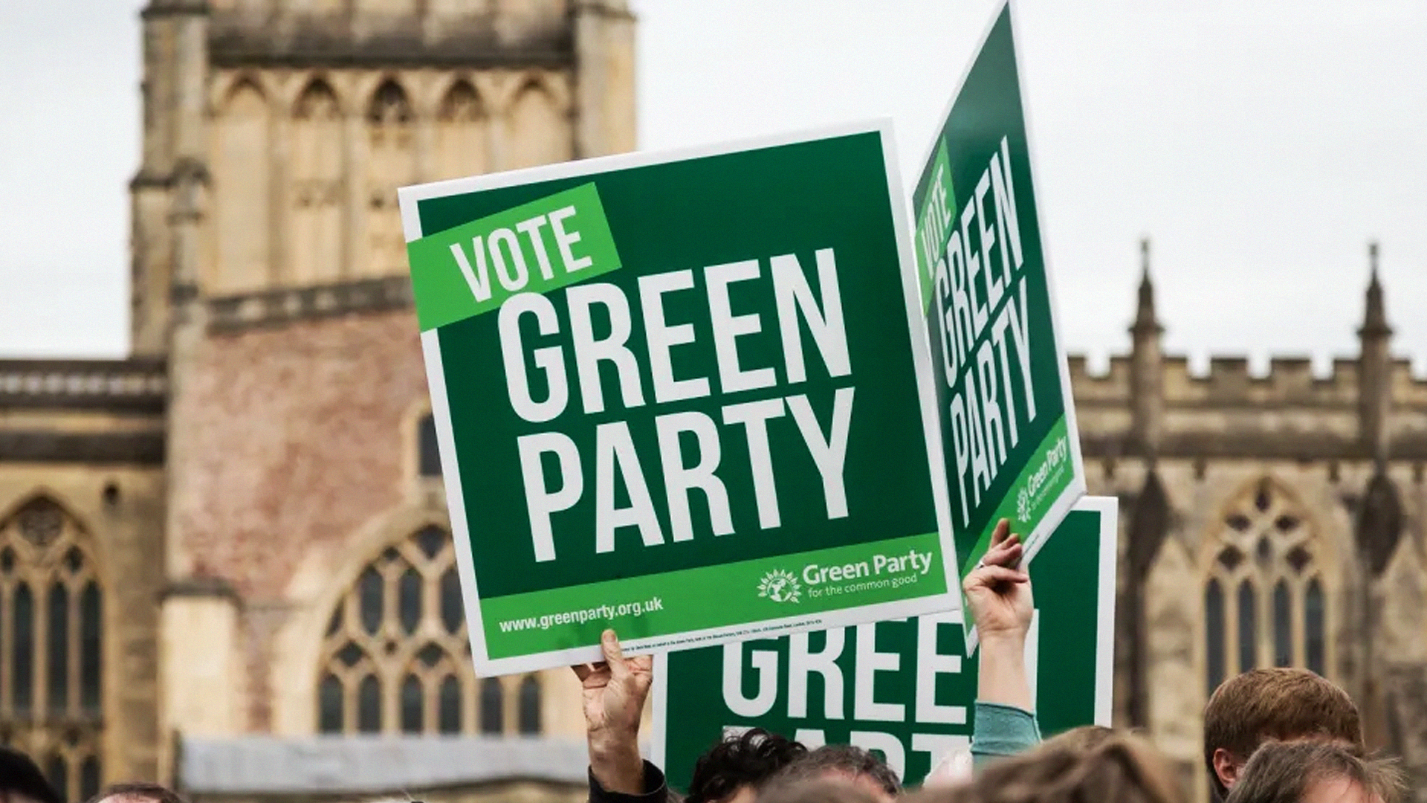In recent history, a vote for the Green Party has felt almost like an act of protest. As Labour’s stance on social issues become less clear, however, young people are being allured by the underdog’s progressive policies.
Is there an end in sight for two-party politics in the UK? While it appears unlikely in the immediate future, as we approach vital climate deadlines, there are signs that the Green Party may emerge as something of a dark horse.
Historically, voting Green in a battle between Blue and Red has been widely regarded as an act of protest – almost akin to spoiling a ballot for lack of ideal choices.
As it stands, the Green Party has just one MP in Parliament and there has been little to no chance of them forming a majority government since sprouting up in 1990, no pun intended.
For the first time, however, it appears as though the winds of change could be blowing. Ecological policies are constantly discussed as the countdown to climate catastrophe ticks on, and we’re constantly seeing the subject discussed within mainstream media.
We’re also witnessing record-breaking heatwaves each summer, which is quickly wising folk up to the fact that, yes, global warming is a problem.
As green policies become less of a niche for progressiveness, and more of a priority – particularly for young people – can we expect the Green Party to establish a more influential presence in the current political landscape?
The data allows for cautious optimism. Between the 2017 and 2019 general elections, the vote share for the Green Party increased by a massive 65%, which was by far and away the largest uptick for any party.
This wasn’t a one off anomaly either. The party has since been voted to lead Brighton and Hove and Lancaster (during local elections last May) and is in coalitions across 13 other authorities. Don’t doubt it, people are concerned about the climate, and they want to see action urgently.




















